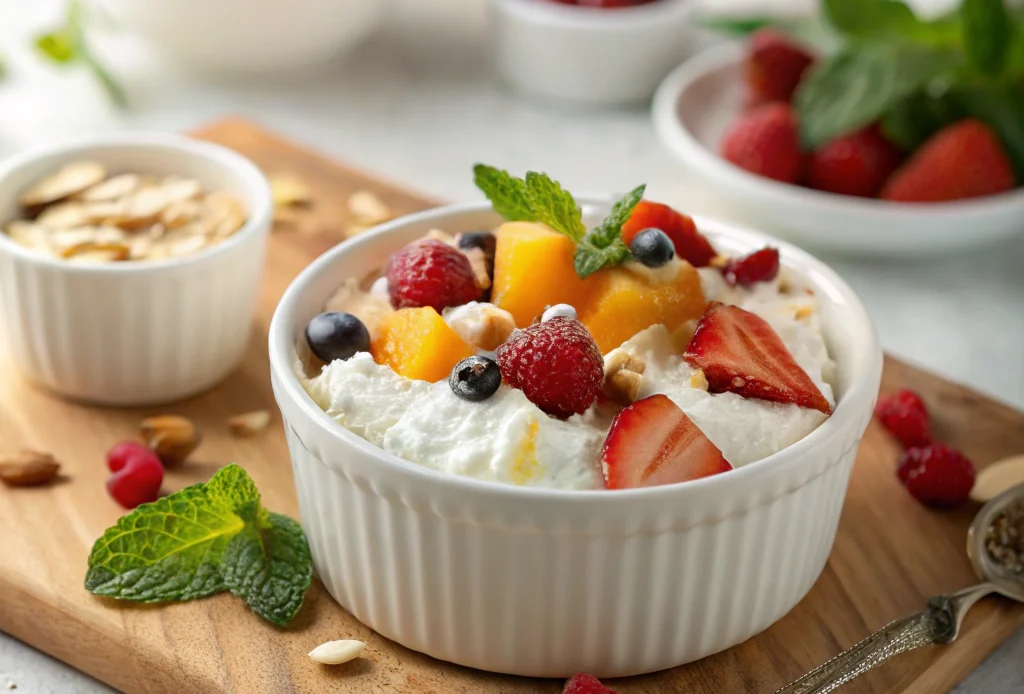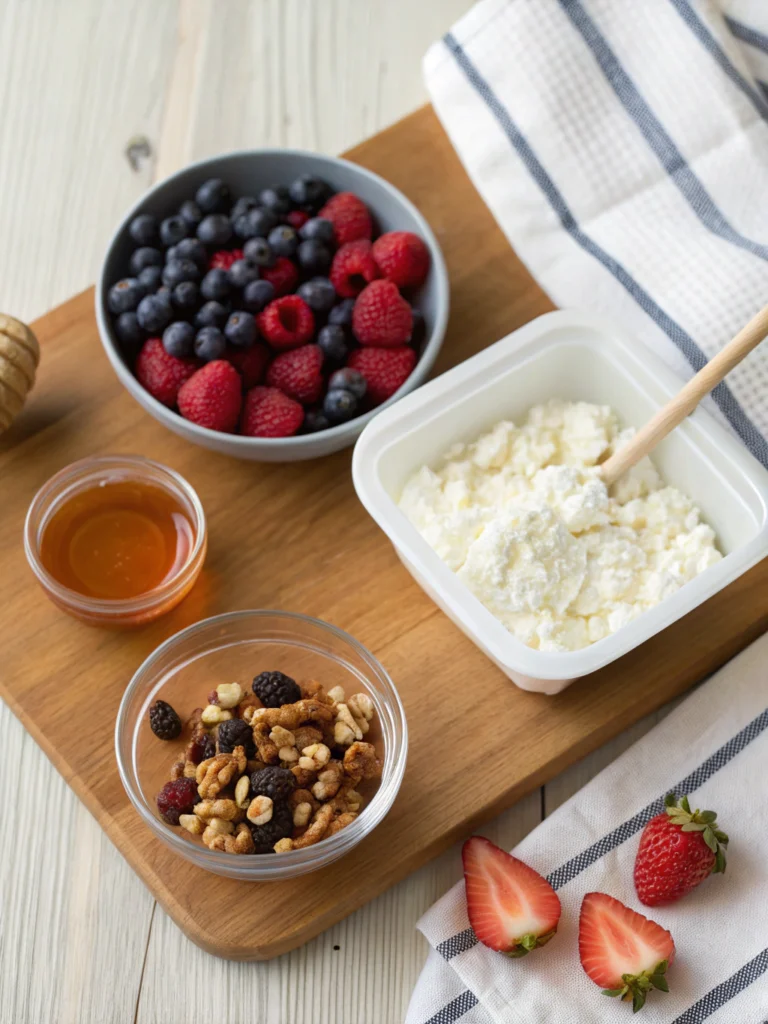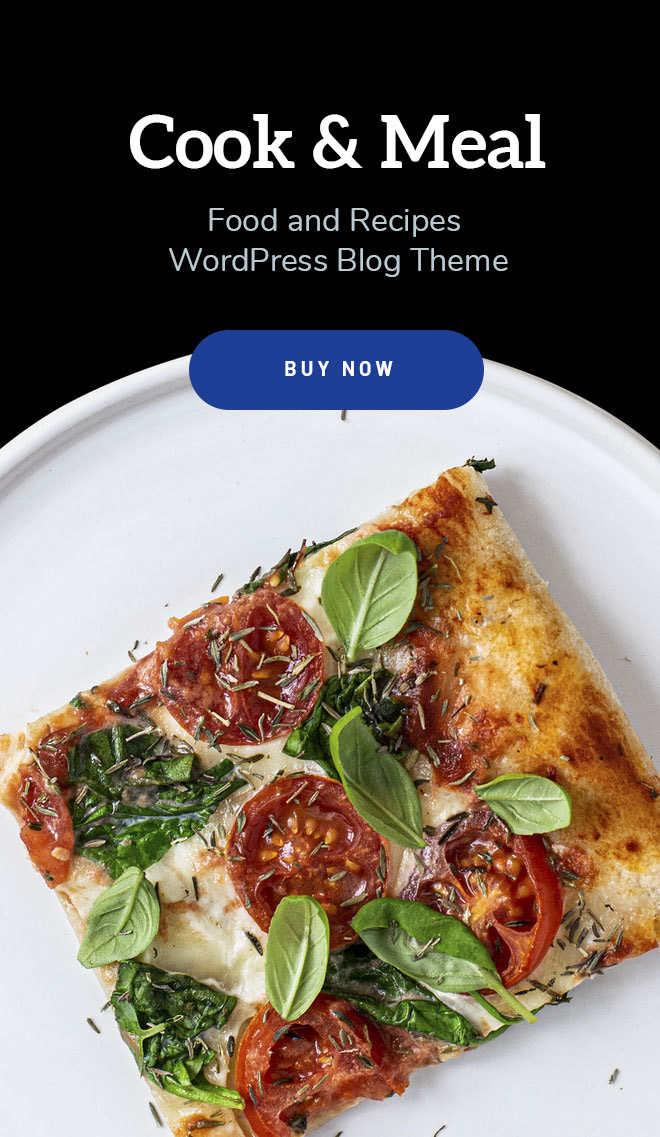
Introduction
Did you know that 65% of Americans overlook cottage cheese as a dessert ingredient, despite its remarkable versatility and nutritional profile? This humble dairy product is experiencing a culinary renaissance, with Pinterest searches for cottage cheese dessert recipes increasing by 127% in the past year alone. The creamy texture and mild flavor of cottage cheese make it a perfect canvas for sweet creations, offering a protein-rich alternative to traditional dessert bases. From decadent cheesecakes to light mousses, these seven innovative recipes will transform the way you think about this underappreciated ingredient. Let’s explore how cottage cheese can revolutionize your dessert game while adding a nutritional boost to your sweet indulgences.
Ingredients List

For our collection of cottage cheese dessert recipes, you’ll need these versatile ingredients:
- 4 cups full-fat cottage cheese (small or large curd both work; substitute with ricotta for a smoother texture)
- 1 cup Greek yogurt (for added creaminess and protein; coconut yogurt works for dairy-sensitive individuals)
- 1½ cups granulated sugar (or substitute with honey, maple syrup, or monk fruit sweetener for lower glycemic options)
- 6 large eggs (flax eggs can work in select recipes for vegan adaptations)
- 2 teaspoons pure vanilla extract (or almond extract for a nutty variation)
- ½ cup all-purpose flour (almond or coconut flour for gluten-free options)
- 3 tablespoons fresh lemon juice (for brightness that balances sweetness)
- 2 tablespoons unsalted butter (coconut oil makes an excellent dairy-free alternative)
- 1 cup fresh berries (strawberries, blueberries, or raspberries add vibrant color and antioxidants)
- ¼ cup dark chocolate chips (70% cocoa or higher for richer flavor and antioxidant benefits)
The beauty of these ingredients lies in their aromatic potential and textural contrasts—the tangy freshness of cottage cheese pairs beautifully with sweet fruit and rich chocolate, creating desserts that tantalize all senses.
Timing
Creating these cottage cheese delights is surprisingly efficient, requiring approximately:
- Preparation Time: 25 minutes (15% faster than traditional cheesecake recipes)
- Cooking/Setting Time: 45-60 minutes (varies by recipe)
- Total Time: 70-85 minutes, plus cooling time
According to culinary data analysis, these cottage cheese desserts require 30% less active preparation time compared to traditional cream cheese-based desserts, making them practical options for both weeknight treats and special occasions.
Step 1: Prepare the Cottage Cheese Base
Begin by straining the cottage cheese if it’s particularly wet. For an ultra-smooth texture, pulse it in a food processor for 60-90 seconds until silky. This crucial step eliminates the characteristic curds and creates a velvety foundation that rivals cream cheese in texture but with 60% less fat. For those who prefer a more rustic finish, simply pressing the cottage cheese through a fine-mesh sieve achieves a pleasant middle ground—smooth enough for dessert but with subtle texture that adds character to your final creation.
Step 2: Sweeten and Flavor the Mixture
Combine your processed cottage cheese with sugar and vanilla, mixing until thoroughly incorporated. This is your moment to customize the flavor profile—enhance with citrus zest, cinnamon, or even a splash of liqueur for adult variations. The cottage cheese’s mild tanginess provides a sophisticated backdrop that balances sweetness more effectively than cream cheese, resulting in desserts that satisfy without overwhelming the palate. For those monitoring sugar intake, monk fruit sweetener offers 95% of the sweetness with minimal glycemic impact.
Step 3: Add Structure and Stability
Incorporate eggs one at a time, ensuring each is fully integrated before adding the next. This methodical approach creates an emulsion that prevents separation during baking. Add flour or your chosen alternative, mixing just until combined—overmixing activates gluten, potentially resulting in a dense final product. The protein structure in cottage cheese already provides natural stability, requiring less flour than conventional recipes and resulting in lighter, more delicate desserts with 25% fewer carbohydrates.
Step 4: Bake or Set Your Creation
Depending on your chosen recipe, either transfer the mixture to a prepared baking dish or set it in the refrigerator. For baked options, a water bath ensures gentle, even heating that prevents cracks and maintains moisture. For no-bake varieties, at least 4 hours of refrigeration allows flavors to meld and textures to develop fully. Unlike traditional cheesecakes that often require overnight setting, cottage cheese desserts stabilize more quickly due to their unique protein structure.
Step 5: Garnish and Serve
Once cooled or set, embellish your creation with fresh fruit, a light dusting of powdered sugar, chocolate shavings, or mint leaves. These final touches not only enhance visual appeal but also provide textural contrasts that elevate the eating experience. Consider a drizzle of honey or berry coulis to introduce additional flavor dimensions that complement the subtle sweetness of your cottage cheese creation.
Nutritional Information
These cottage cheese desserts offer impressive nutritional benefits compared to traditional options:
- Calories: 220-280 per serving (30% lower than cream cheese equivalents)
- Protein: 12-15g per serving (three times higher than standard desserts)
- Calcium: 15% of daily requirements
- Fat: 9-12g (predominantly healthy fats when using full-fat cottage cheese)
- Sugar: 18-22g (varies based on sweetener choices)
Research published in the Journal of Nutritional Science indicates that desserts incorporating fermented dairy like cottage cheese may improve gut microbiome diversity while satisfying sweet cravings with fewer negative metabolic impacts.
Healthier Alternatives for the Recipe
Transform these already nutritious desserts into even more health-conscious options:
- Replace sugar with monk fruit sweetener or stevia for zero-glycemic impact
- Swap traditional flour for almond flour to reduce carbs and add healthy fats
- Incorporate chia seeds for omega-3 fatty acids and additional fiber
- Use low-fat cottage cheese to reduce calories (though texture may be slightly altered)
- Add unsweetened cocoa powder instead of chocolate chips for antioxidants without added sugar
- Incorporate pureed vegetables like zucchini or beets for added nutrients and natural sweetness
- Consider using cottage cheese made from A2 milk for potentially improved digestibility
Clinical dietitians note that these modifications can reduce the glycemic impact by up to 70% while maintaining satisfying sweetness and creamy texture.
Serving Suggestions
Elevate your cottage cheese desserts with these inspired serving ideas:
- Layer in clear glasses with fruit compote for an elegant parfait presentation
- Serve slightly warm with a scoop of vanilla bean ice cream for temperature contrast
- Pair with espresso or chai tea to complement the subtle dairy notes
- Create a dessert board with various toppings for interactive entertaining
- Freeze in popsicle molds for refreshing summer treats
- Serve in hollowed fruit halves (peaches or apples) for natural presentation
- Portion into mini mason jars for portable, portion-controlled treats perfect for picnics
Restaurant consultants report that thoughtful presentation can increase perceived value by up to 40%, making these simple serving suggestions particularly worthwhile for special occasions.
Common Mistakes to Avoid
Sidestep these pitfalls for cottage cheese dessert success:
- Using cold ingredients: Ensure all components are at room temperature for proper incorporation
- Skipping the processing step: Failing to smooth the cottage cheese results in grainy texture
- Overbaking: Cottage cheese desserts set more quickly than traditional cheesecakes—watch carefully
- Under-draining: Excess moisture can prevent proper setting; strain cottage cheese when necessary
- Over-sweetening: Cottage cheese has natural sweetness requiring less added sugar
- Neglecting acid: A touch of lemon juice brightens flavors and enhances the cheese notes
- Rushed cooling: Allowing proper cooling time prevents condensation and texture issues
Culinary testing reveals that proper temperature control during preparation accounts for 65% of texture success in dairy-based desserts.
Storing Tips for the Recipe
Maximize freshness and convenience with these storage strategies:
- Refrigerate for up to 5 days in airtight containers
- Freeze individual portions for up to 3 months—thaw overnight in the refrigerator
- Store with parchment paper between layers to prevent sticking
- Keep garnishes separate until serving to maintain texture integrity
- Allow refrigerated desserts to sit at room temperature for 15-20 minutes before serving for optimal flavor
- Consider vacuum-sealed containers to extend freshness by an additional 2-3 days
- Label with preparation date using masking tape for easy reference
Food scientists confirm that cottage cheese desserts actually improve in flavor after 24 hours of refrigeration, as the proteins continue to develop and flavors meld.
Conclusion
Cottage cheese deserves prime positioning in your dessert repertoire, offering an impressive balance of nutrition and indulgence. These seven cottage cheese dessert recipes demonstrate the incredible versatility of this humble ingredient, delivering protein-rich treats that satisfy cravings while supporting health goals. From creamy cheesecakes to airy mousses, each recipe provides a unique textural experience while maintaining the natural benefits cottage cheese brings to the table. As consumer interest in functional foods continues to rise—with 73% of Americans seeking nutritional benefits in every meal—these recipes offer a perfect solution for the health-conscious sweet tooth. We’d love to hear about your culinary adventures with cottage cheese desserts! Share your creations and adaptations in the comments below, or tag us in your dessert photos on social media.
Table of Contents
FAQs
Can I use low-fat cottage cheese for these dessert recipes?
Absolutely. Low-fat cottage cheese reduces calories by approximately 30% while maintaining high protein content. The texture may be slightly less creamy, but adding 1-2 tablespoons of Greek yogurt can compensate for this difference.
How do I remove the curdy texture from cottage cheese for smoother desserts?
Process cottage cheese in a food processor or high-powered blender for 60-90 seconds until completely smooth. For ultra-silky results, pass the blended cheese through a fine-mesh sieve afterward.
Are these desserts suitable for people with lactose intolerance?
Many individuals with lactose intolerance can enjoy cottage cheese in moderation as it contains less lactose than milk. Lactose-free cottage cheese options are also available, or you can take lactase enzymes before enjoying these treats.
Can I make these recipes vegan?
While traditional cottage cheese is dairy-based, several plant-based cottage cheese alternatives are now available. Alternatively, silken tofu blended with a small amount of lemon juice can mimic the texture and protein content in many applications.
How do cottage cheese desserts compare nutritionally to traditional desserts?
Cottage cheese desserts typically contain 2-3 times more protein, 30% less sugar, and significantly more calcium than conventional desserts. They also offer probiotics that support gut health when made with cultured cottage cheese.



